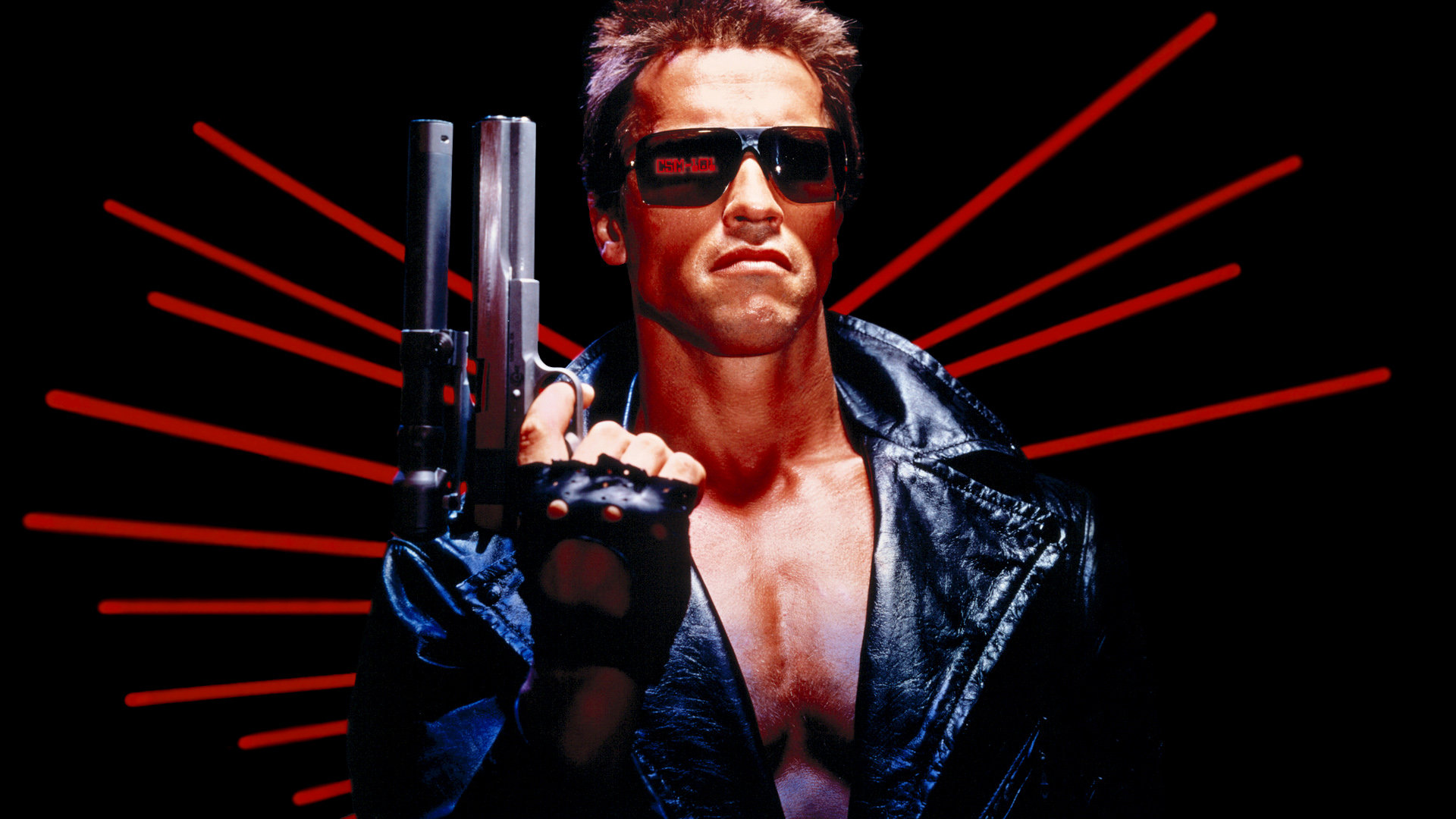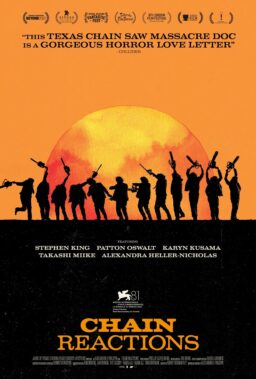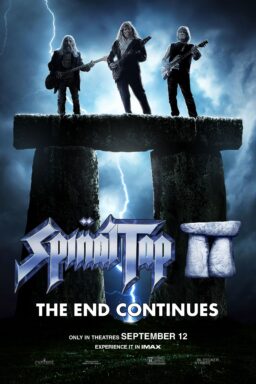Writer-director James Cameron made “The Terminator” not long after the failure of his directorial debut, “Piranha II: The Spawning,” a sequel he did for Roger Corman after years as a conceptual artist and special effects designer in Corman’s exploitation factory/auteur finishing school. The production marked Cameron’s evolution from low-budget asterisk to Hollywood player. Lucky for him, too—if “The Terminator” hadn’t been both excellent and a hit, Cameron might have been forced to go back to being an anonymous special effects guy again, and the world might never have witnessed the glories and absurdities of a filmography that encompasses the extraterrestrial-infused underwater psychodrama of “The Abyss,” the heavy metal sequels “Aliens” and “Terminator 2,” the misogynist slapstick bone-crusher “True Lies,” and “Titanic” and “Avatar,” which revolutionized production at key points in cinema’s development.
What’s most striking about the original “Terminator” is its intimacy. Cameron doesn’t make movies anymore unless they have nine figure budgets and three hour running times. This one revolves around three characters in a do-or-die situation. The tale begins in a dystopian future. Human rebels have turned the tide against machines that nearly wiped them out. The machines send the titular cyborg (Arnold Schwarzenegger) through a time portal to kill Sarah Conner (Linda Hamilton), the mother of future resistance leader John Connor, while the humans send guerrilla warrior Kyle Reese (Michael Biehn) to protect her. Further details are surely unnecessary: by now, the plot of “The Terminator” is almost as canonical as the the New Testament or the story of Superman’s arrival on earth, although it should be noted that the basic story was so close to a Harlan Ellison-scripted episode of TV’s The Outer Limits that Ellison sued Cameron and releasing studio Hemdale and won an undisclosed settlement and a vaguely apologetic end credits card (“The Producers Wish to Gratefully Acknowledge the Works of Harlan Ellison”).
The film’s intimacy was a byproduct of its low budget (about $6 million) but as often happens in such situations, it turned out to be a wellspring of storytelling strength. Cameron’s script and direction are spiritually attuned to the resourceful Reese, a Jason Bourne prototype who steals whatever he needs at any moment (from a tramp’s pants and an off-the-rack trenchcoat to a police shotgun) and sprints from one location and plot point from the next, always glancing furtively around for the next threat and noting possible escape routes. Cameron and his producer and then-wife Gale Anne Hurd, were masters at making small films look big; they threatened to become the most potent husband-wife director-producer team since John Carpenter and Debra Hill until their 1989 divorce. They realized that as long as the story moved inexorably forward, pausing only to bash the audience across the face with rock-’em, sock-’em action sequences, it didn’t matter how big the sets were; as long as audiences were invested in the characters, and the images were imaginative enough to make up for their cheapness, they’d get pulled in, and stay in. The damned thing never lets up—still. Yes, the miniatures, rear screen projection and stop motion effects have become quaint. But they were quaint in 1984, honestly—trust me on this; I saw it in a theater as a teenager after a childhood spent worshiping Ray Harryhausen and spotted every rear-projected image, stop motion effect and bloody puppet in place of an actor. But the film remains as involving as ever, thanks to the precision and emotional conviction of the storytelling.
There’s more terror than wonder in this picture—in sharp contrast to the incrementally longer and more expensive works that Cameron would direct from the late ‘80s onward—but this is ultimately a good thing; there’s no place for sentimentality in the universe of “The Terminator,” although gallows humor and tenderness are allowed. From the instant that Schwarzenegger’s nude cyborg rips a punk rocker’s heart out, “The Terminator” establishes itself as a relentless. mainly visceral experience that owes less to “Star Wars,” “Close Encounters,” “E.T.” and other then-recent science fiction spectaculars than to the lean and mean horror flicks of Carpenter-Hill.
The latter often revolved around implacable “stalker” characters or creatures that were figuratively or literally faceless and that—to paraphrase Reese’s description of the cyborg assassin—did not feel pity, remorse or pain, and would not stop until its targets were dead. The most memorable audience-teasing moments in the picture are variations of the end of “Halloween” and Ridley Scott’s original “Alien” (basically “Halloween” in space) where imperiled heroes think they’ve killed the monster only to encounter it again and again, often in an altered or damaged form. (The Terminator’s final stretch rips off another science fiction classic, the original “Westworld”—a film whose baddie happens to be a gun-slinging cyborg with a European accent.)
Legend has it that Cameron worked simultaneously on the scripts for “The Terminator” and “Rambo: First Blood Part II” while sleeping in his car. The direness of his life surely seeped into the “Terminator” script and gave it an urgency that a more comfortable lifestyle could never have conjured. (“Rambo II” is no cushy tale, either; the hero agrees to undertake a suicide mission rather than spend the rest of his life busting rocks in military prison.) “The Terminator” is set in a grubby and impersonal Los Angeles comprised of low-rent department stores, cheap apartments, smoke-filled glass-and-steel nightclubs, and the remnants of the city’s manufacturing base, which would desert it almost entirely by the turn of the next century.
What’s important is that all three of these characters are locked in literal do-or-die situations and can’t call for backup. In an era of blockbuster genre filmmaking where “high stakes” translates into threats so gigantic that no one can actually relate to them—The survival of the nation is at stake! No, wait, the world! Make that the universe!—Cameron’s screenplay connects the survival of one species or the other (the machines or the humans) to a series of skirmishes that happen in contained spaces and that visit discrete but horrifying injuries upon individual bodies. Nothing in the last decade’s worth of Marvel or DC movies has anything close to the power of the moment near the end of the film where Sarah Conner pulls a hunk of shrapnel from her leg. You don’t just hear and see the blood and pain, you feel it. It’s the emotion that makes the movie, and that always makes the difference.












